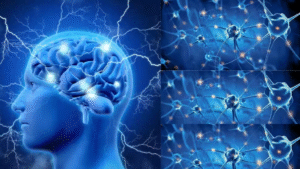Explore Articles
Discover a variety of topics and in-depth reads
Content Showcase
Browse through our articles in a sleek, organized grid
Block of the Week
A closer look at the stories that are making waves




















